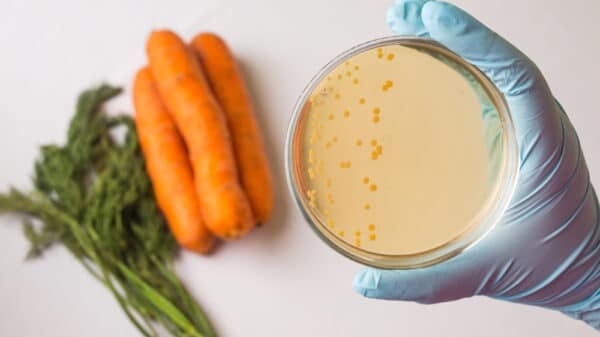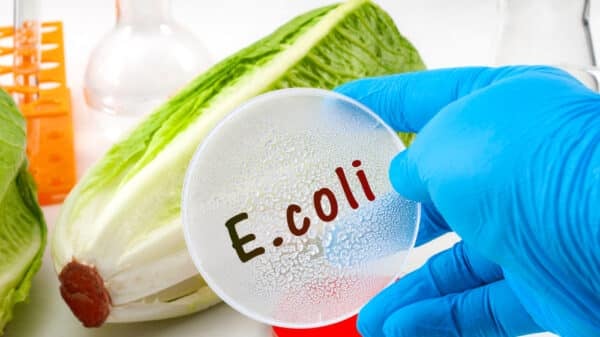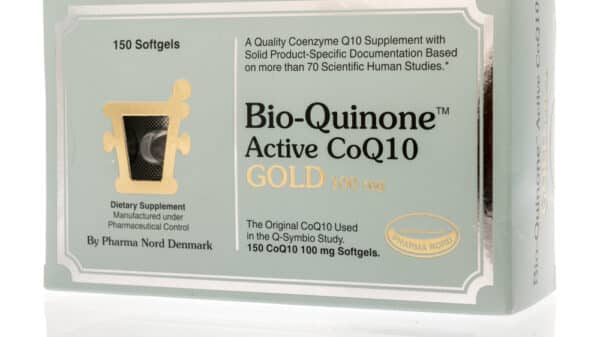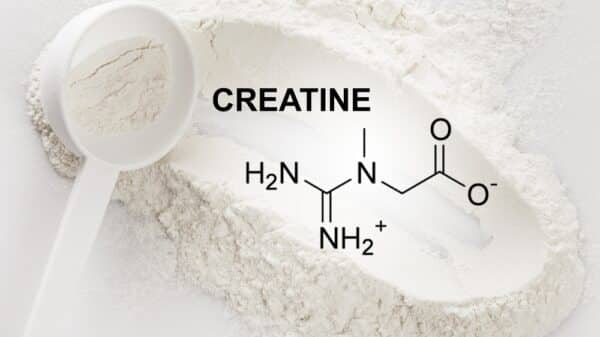Maintaining a truly clean home goes beyond mere appearances; it forms the cornerstone of your family’s health and well-being. A well-kept living space acts as a sanctuary, guarding against outdoor pollutants and fostering restful sleep while minimizing stress and shielding you from allergens and bacteria. Achieving and sustaining this level of cleanliness isn’t merely about frantic weekend cleaning sessions. It necessitates the correct mindset, the right tools, and effective products that deliver results. From dependable mops and vacuums to selecting high-quality floor cleaners, every decision impacts the hygiene standards your household deserves. This article will provide proven, science-backed approaches to foster a consistently clean, safe, and inviting home environment.
The Basics of Home Hygiene
Many people underestimate the constant influx of dirt, allergens, dust mites, and harmful microorganisms into their homes. These invisible invaders enter through air circulation, foot traffic, and daily activities, not only tarnishing surfaces but also potentially triggering respiratory issues, skin irritations, and weakening your immune system. Regular cleaning transcends aesthetics; it’s a vital component of preventive health care for your entire family.
Effective cleaning starts with recognizing that not all areas in your home require the same level of attention. High-traffic zones such as kitchens, bathrooms, and entryways need daily cleaning, while spaces like guest rooms and storage areas can be addressed less frequently without compromising overall hygiene. This strategic approach conserves your time and energy, ensuring you focus your efforts where they matter most.
Crafting a Cohesive Cleaning Routine
The key difference between homes that are consistently clean and those that feel cluttered often boils down to a structured routine rather than reactive cleaning. Rather than exhausting yourself with epic cleaning marathons, successful home maintenance hinges on breaking tasks into manageable daily, weekly, and seasonal activities. Daily responsibilities may involve simple tasks like washing dishes and wiping countertops, while weekly duties encompass sanitizing bathrooms and thoroughly cleaning floors. Seasonal initiatives include window washing and deep-cleaning carpets.
It’s essential to prioritize areas that impact health and safety first. For instance, addressing mold growth, removing food residues that attract pests, and minimizing dust in bedrooms should take precedence over superficial tasks such as organizing closets or polishing decorations.
Choosing Quality Cleaning Products and Tools
The effectiveness of cleaning products varies widely, and your family’s safety should always be a priority. Avoid harsh chemicals like ammonia, chlorine bleach, and volatile organic compounds (VOCs). While these may promise quick results, they can compromise indoor air quality and health. Instead, opt for plant-based, biodegradable alternatives that effectively sanitize while ensuring your home’s air remains clean and breathable.
Selecting the right equipment is crucial and should align with your household’s specific needs. While classic tools like microfiber cloths and quality mops remain widely effective, homes with pets might benefit significantly from robotic vacuums to manage shedding. Moreover, households facing mobility challenges can find relief in steam cleaning systems that deliver exceptional results with minimal physical effort.
Tackling Common Cleaning Obstacles
Everyone faces stubborn stains and persistent odors that return soon after cleaning. Understanding the science behind these issues can make a significant difference. Enzyme-based cleaners target organic stains at the molecular level, while baking soda neutralizes odors as opposed to merely covering them up with artificial scents.
Families with pets or young children face unique challenges, necessitating robust safety measures. Using pet-safe cleaning products becomes vital, as does employing child-proof storage for hazardous chemicals to ward off accidents while ensuring cleanliness standards are upheld.
Adopting Eco-Friendly Cleaning Practices
Fortunately, being environmentally conscious doesn’t equate to compromising on cleaning effectiveness. Concentrated cleaning products help reduce packaging waste while often providing a better return on investment. Additionally, simple DIY solutions involving white vinegar, baking soda, and castile soap can effectively address most cleaning challenges without endangering indoor air quality.
Practicing smart resource conservation benefits both your household budget and the environment. Utilizing energy-efficient appliances, washing with cold water when suitable, and investing in reusable microfiber cloths significantly reduce your ecological footprint while lowering home expenses. These practices align with guidelines from leading environmental health organizations advocating for sustainable home maintenance approaches.
Sustaining Cleanliness Between Deep Cleanings
The secret to achieving a consistently clean home resides in daily habits that thwart dirt and grime from accumulating. Quick actions like wiping kitchen counters right after meal prep, sweeping prominent areas before dirt gets ground in, and addressing spills immediately can maintain a baseline level of cleanliness with minimal effort.
Equally effective are preventative measures that intercept dirt at its source. High-quality doormats for entrances, a shoes-off policy for family members, and scheduled trash disposal significantly lessen the amount of cleaning required. These strategies minimize contamination before it spreads throughout your living space, enhancing the effectiveness of your cleaning efforts.
Effective Troubleshooting and Problem-Solving
When your cleaning efforts seem insufficient, often the issue lies not in your technique but in the products used or their application. Always test new products in inconspicuous areas prior to broad usage and adhere strictly to manufacturer instructions, setting realistic expectations for results.
For particularly tricky scenarios that resist your best efforts, seeking assistance from professional cleaning services or authoritative cleaning resources can prove invaluable. An expert’s insight may provide solutions that save you significant time, money, and frustration, all while preserving your home’s surfaces from unnecessary damage.
Moving Forward with Confidence
Creating and maintaining a healthy, clean home involves several essential elements:
- Consistent routines
- Appropriate tools
- Safety-conscious choices
- Environmental responsibility
- Realistic expectations
Instead of viewing home cleaning as a burdensome chore, consider it an investment in your family’s health and happiness. Begin by evaluating your current cleaning practices honestly. Select one new strategy from this guide to implement and observe the results over the coming weeks. You may discover that small, consistent actions foster lasting positive changes, enhancing both your home environment and overall quality of life.
































